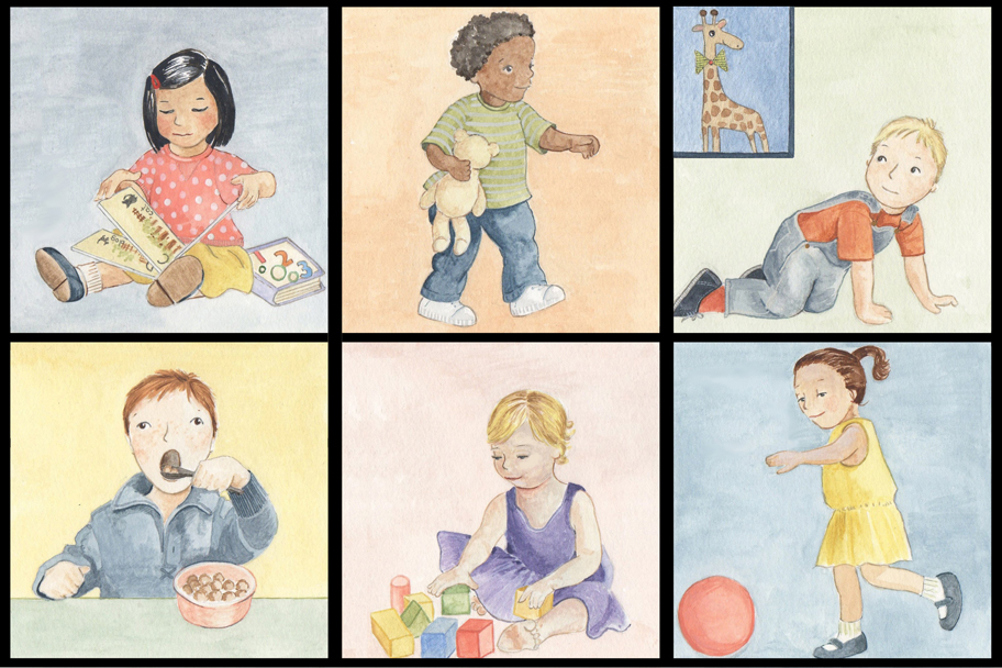
Working in early years provision increasingly means engaging with a range of people who have different perspectives on the children that we work with in our setting. This can feel like a great advantage at some times and at others a source of frustration.
As a general rule of thumb, when others agree with us, we are pleased to have their input, but if they challenge our views we can be defensive and irritated. This defensiveness is one of the major barriers to mobilising advice and support for children and their families. It is not a response that is particular to early years professionals either! Adults being able to share different perspectives is one of the most positive opportunities for constructive reflection on a child’s progress and the most effective way to identify and organise support.
Register now to continue reading
Thank you for visiting Nursery World and making use of our archive of more than 35,000 expert features, subject guides, case studies and policy updates. Why not register today and enjoy the following great benefits:
What's included
-
Free access to 4 subscriber-only articles per month
-
Unlimited access to news and opinion
-
Email newsletter providing activity ideas, best practice and breaking news
Already have an account? Sign in here
